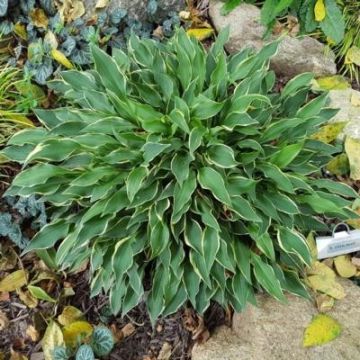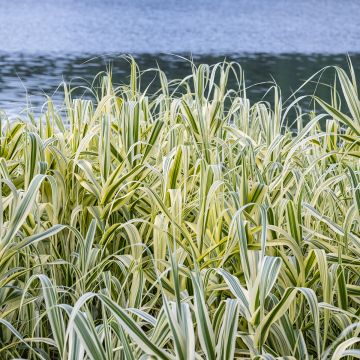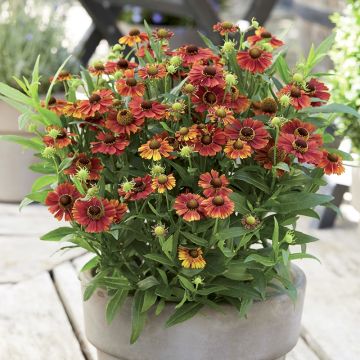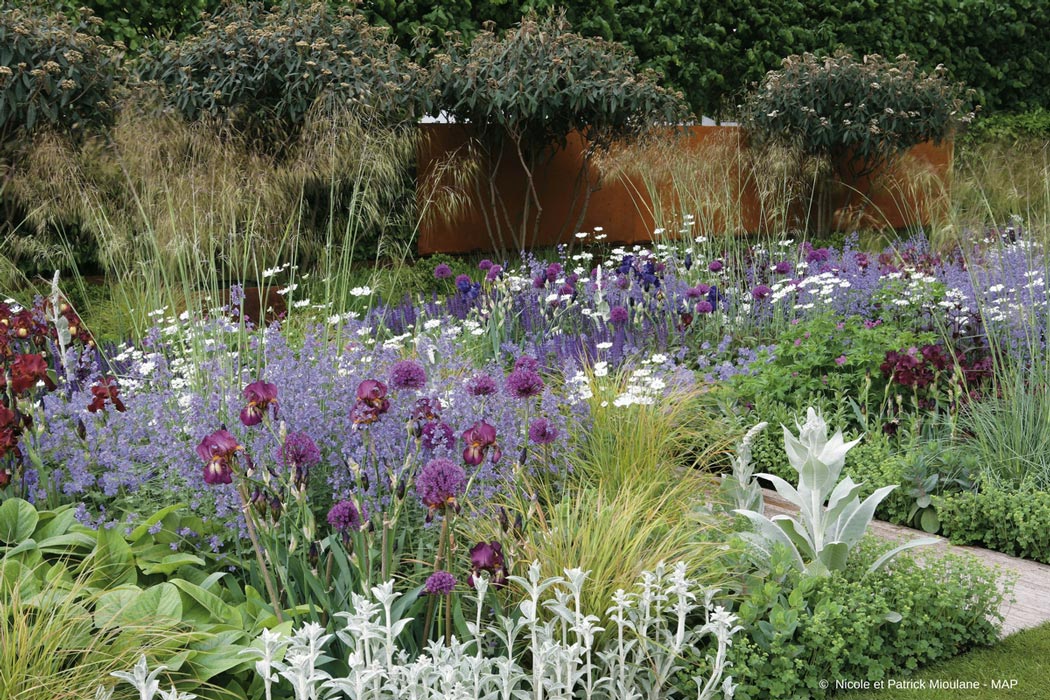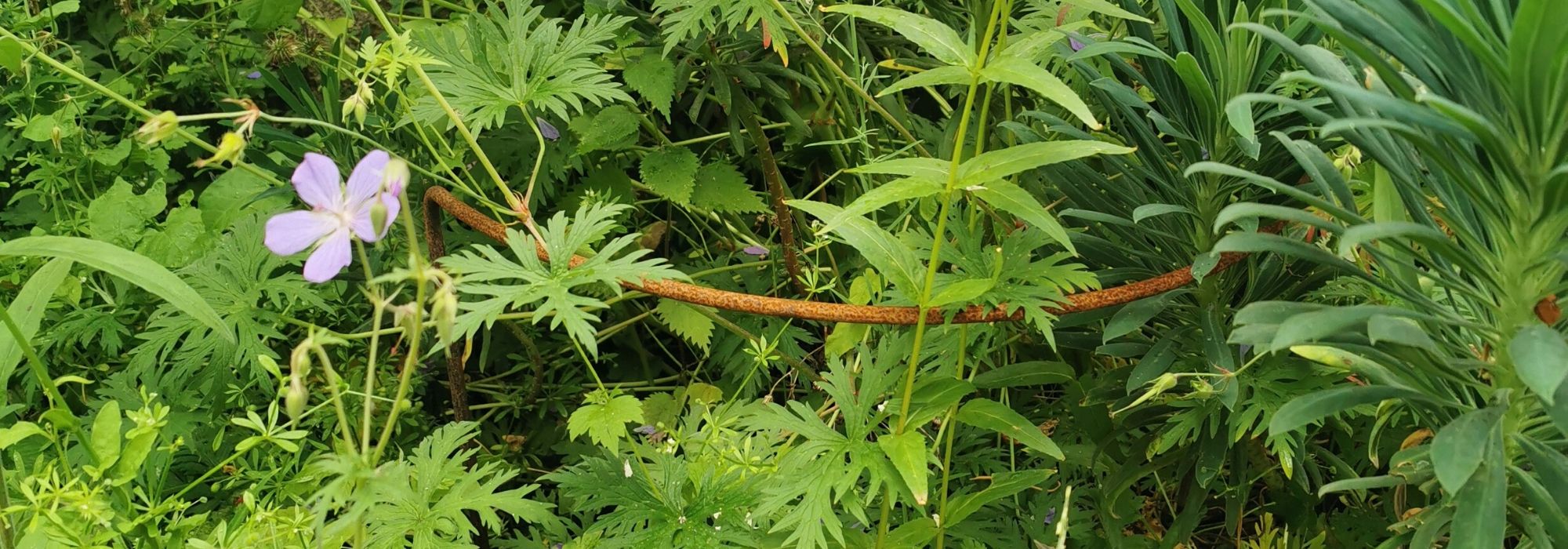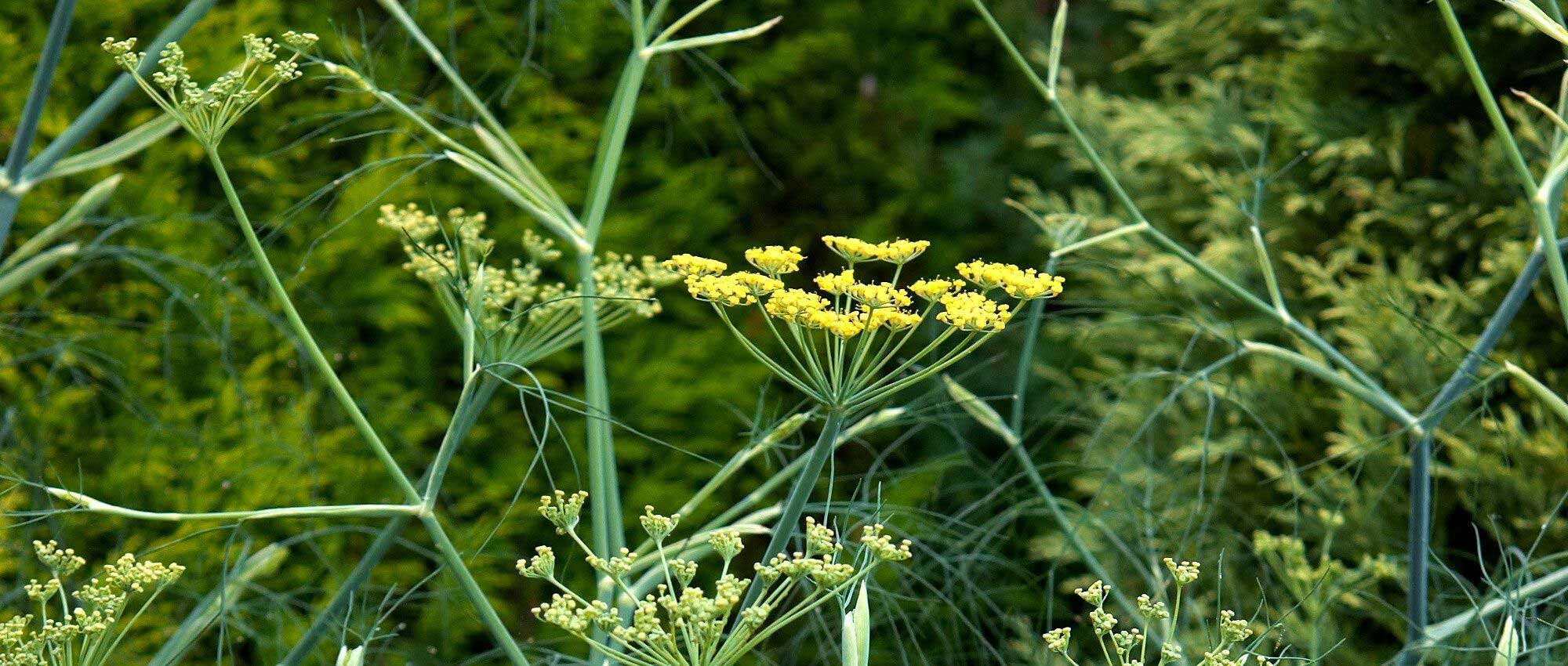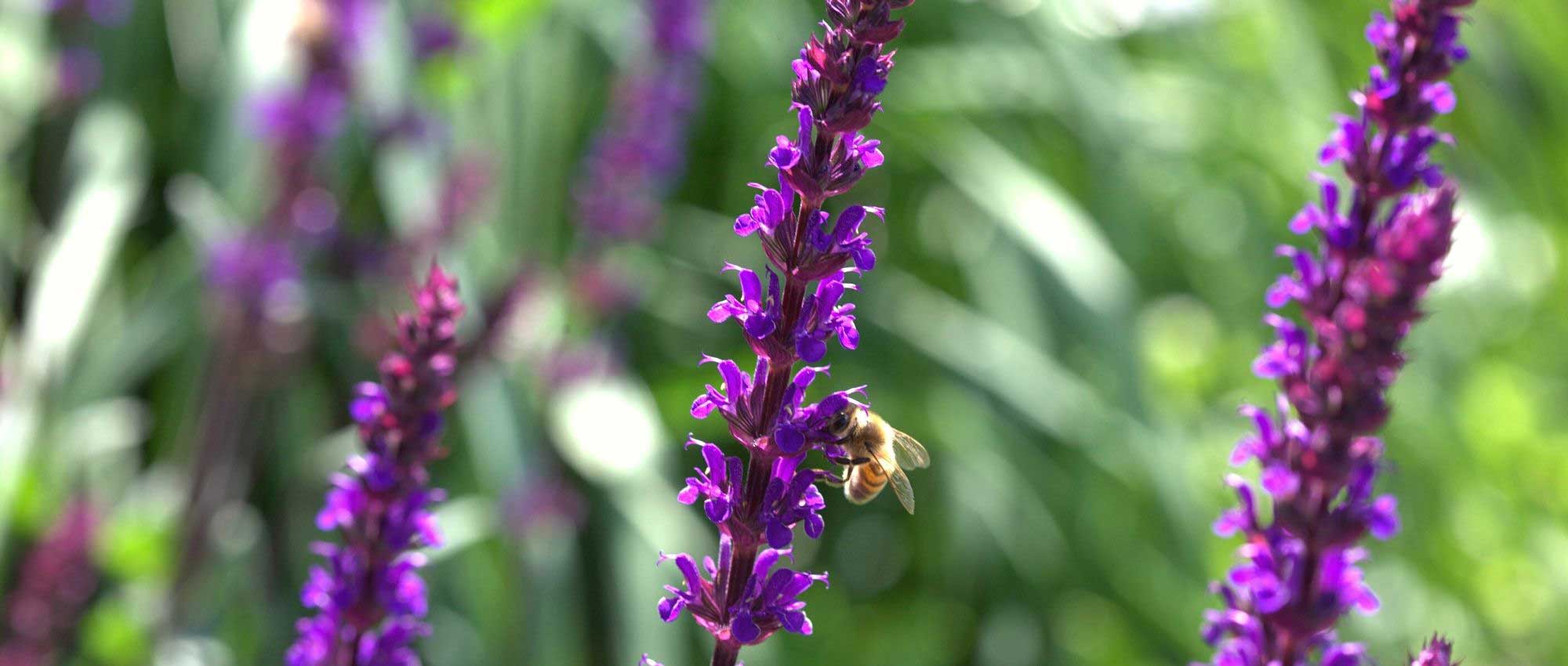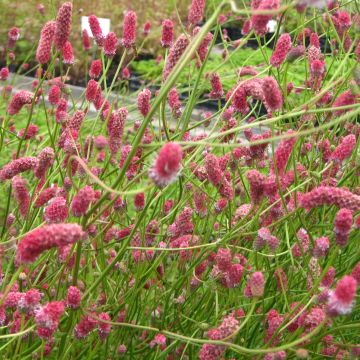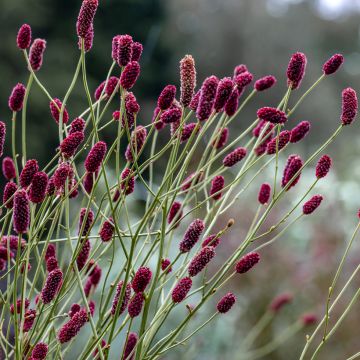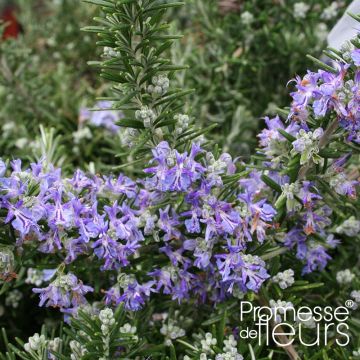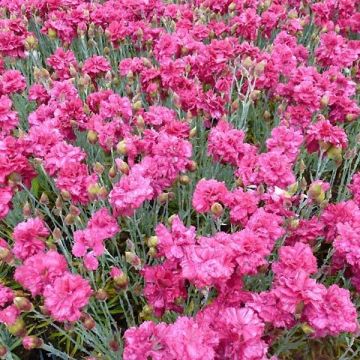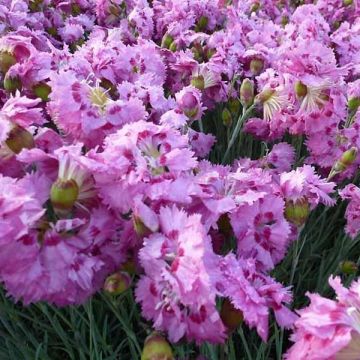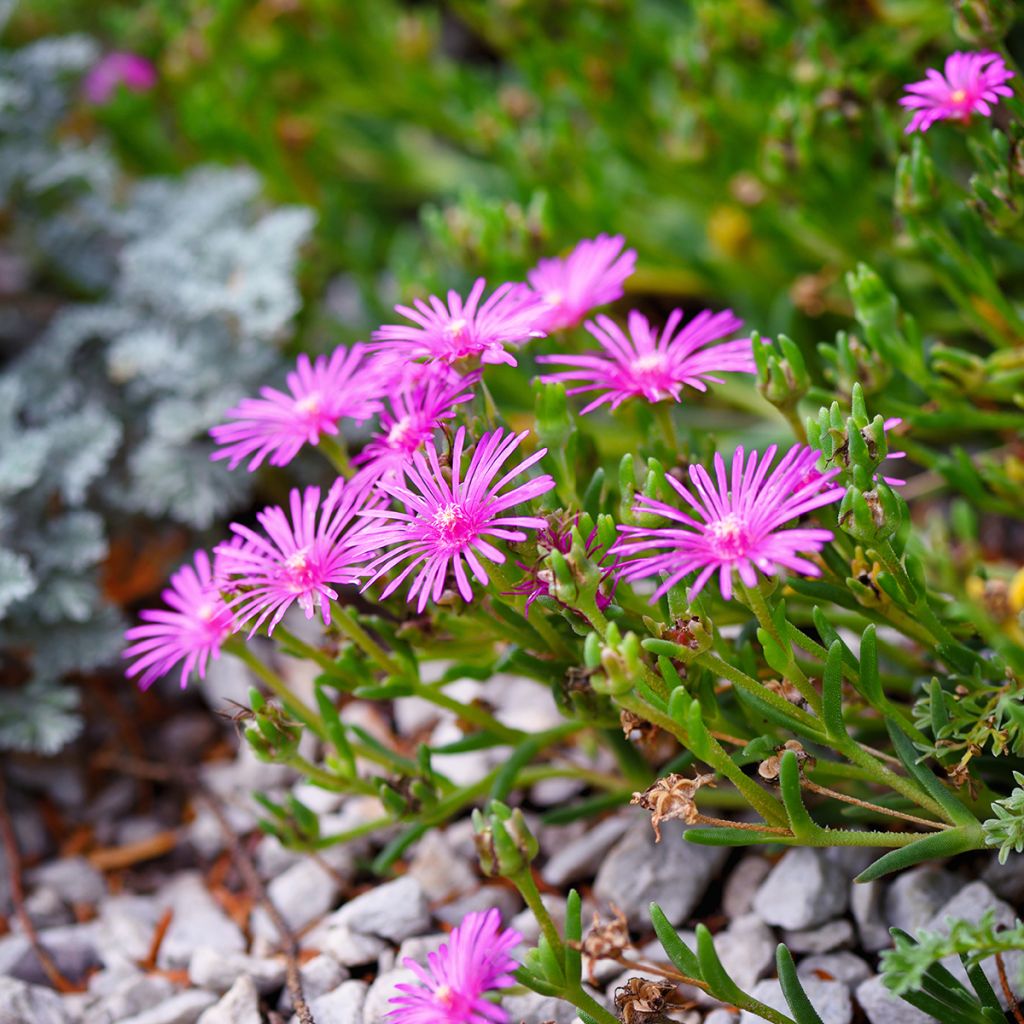

Delosperma cooperi


Delosperma cooperi
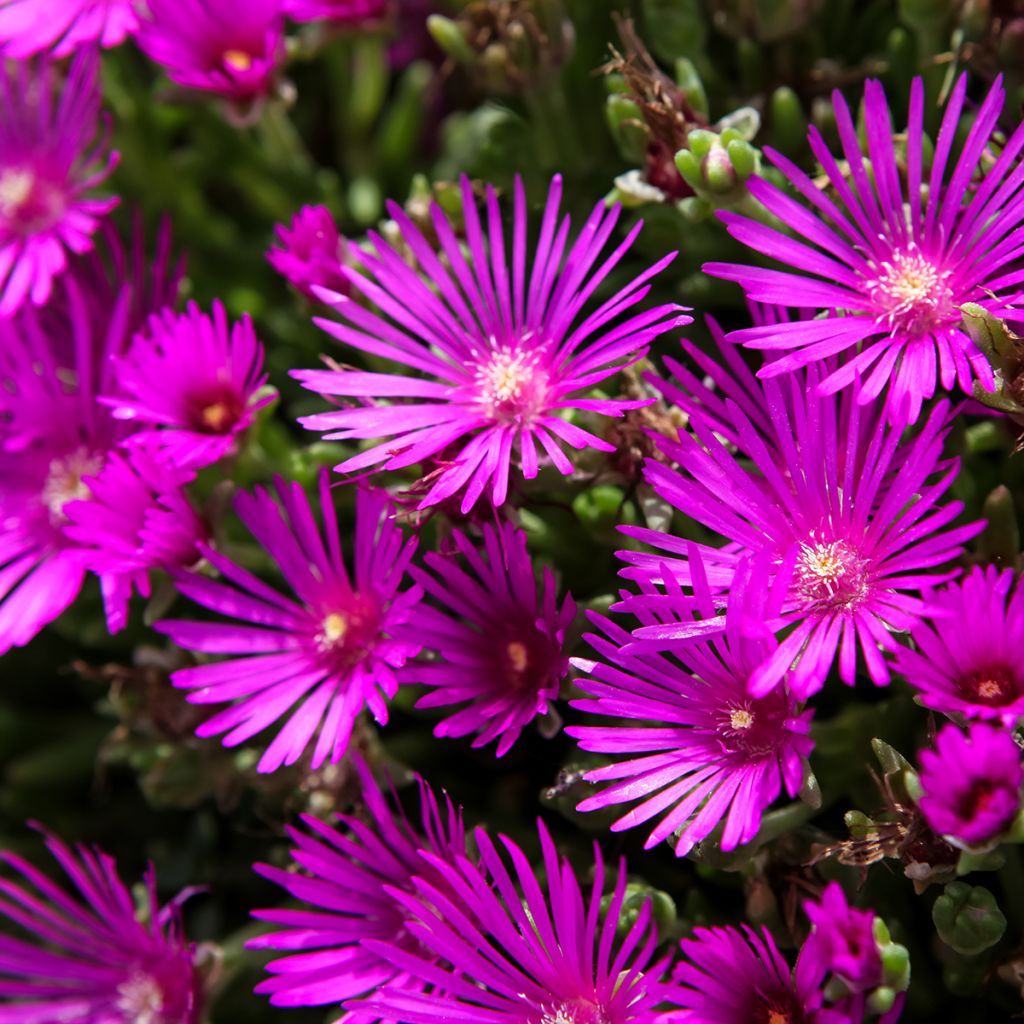

Delosperma cooperi
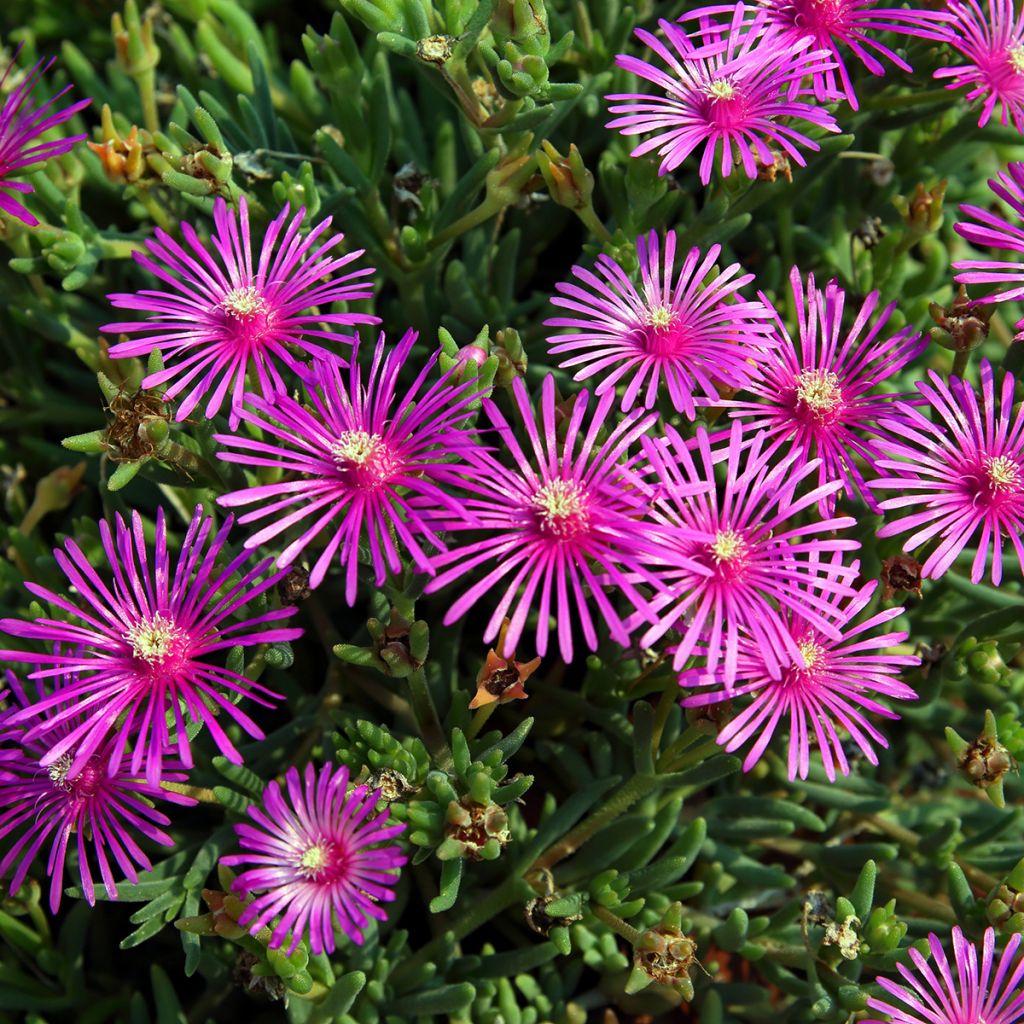

Delosperma cooperi
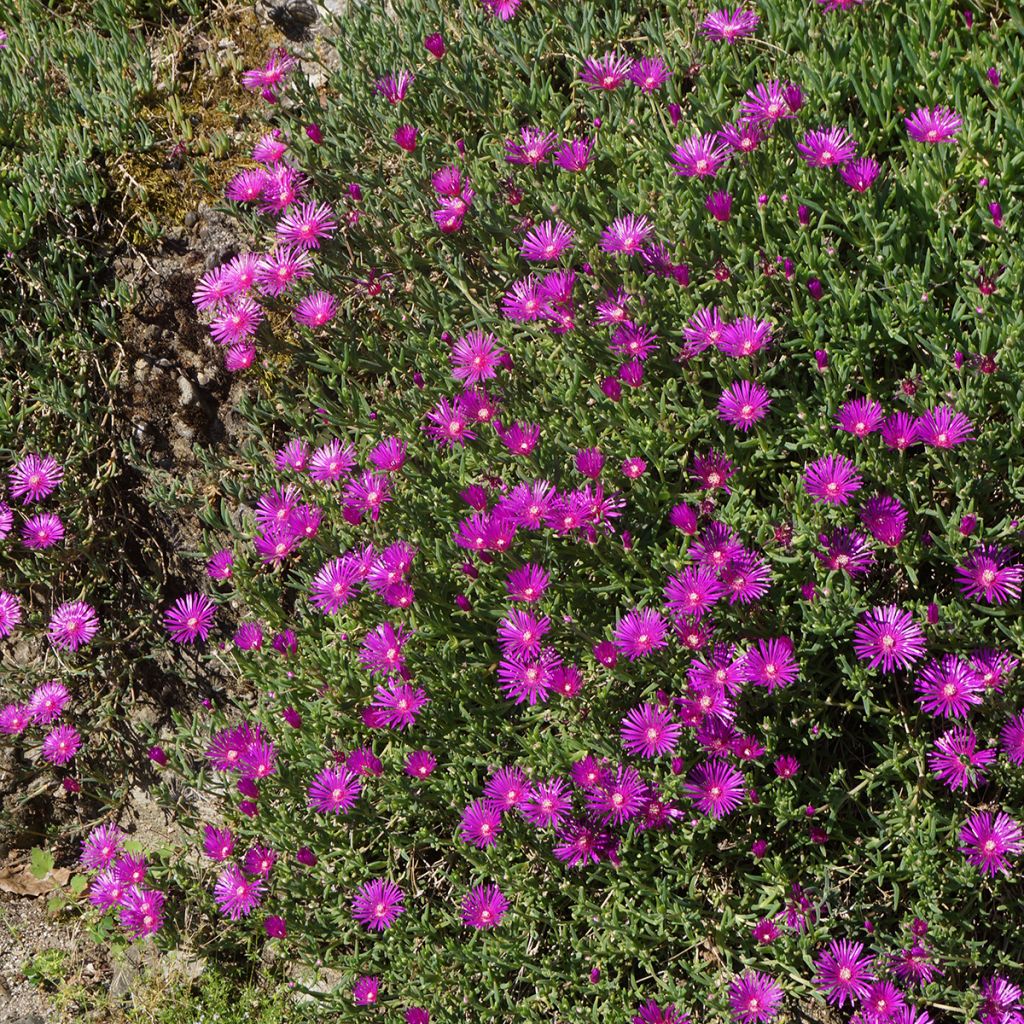

Delosperma cooperi
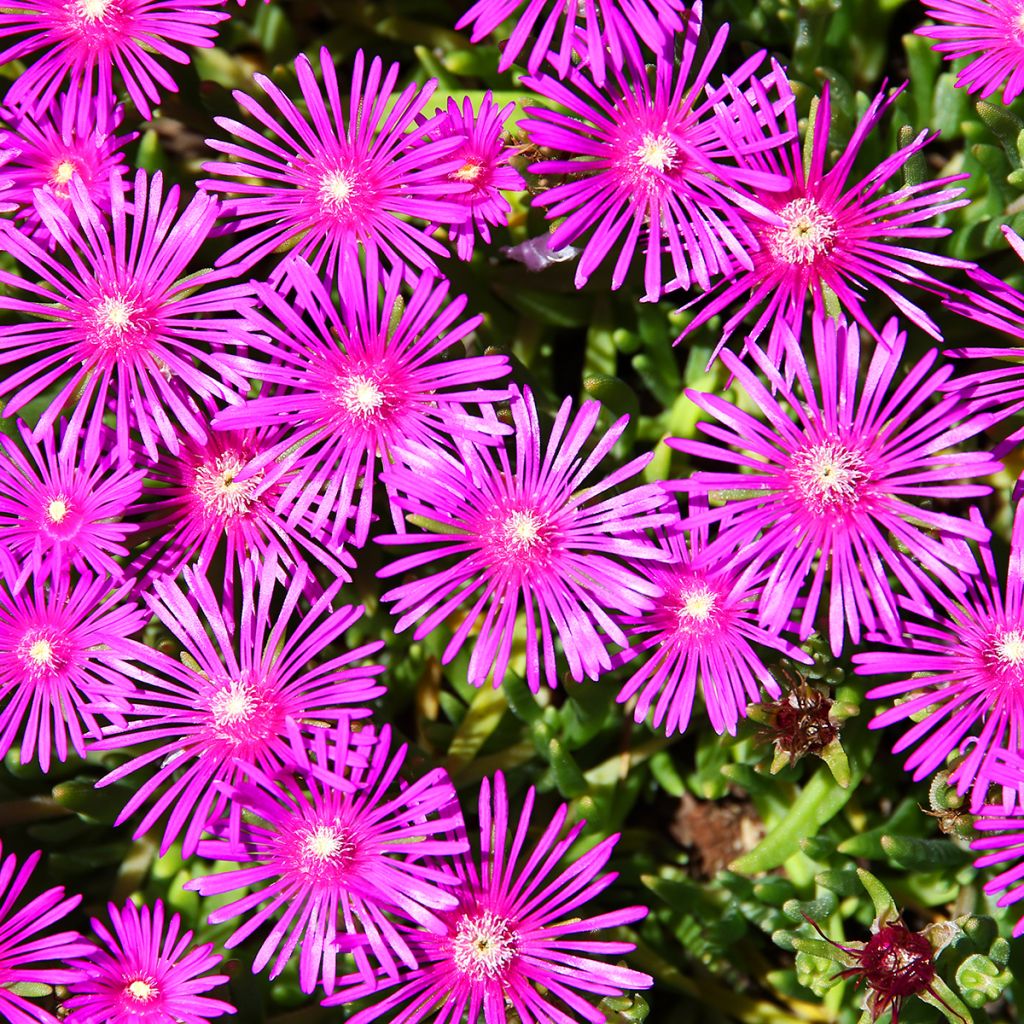

Delosperma cooperi
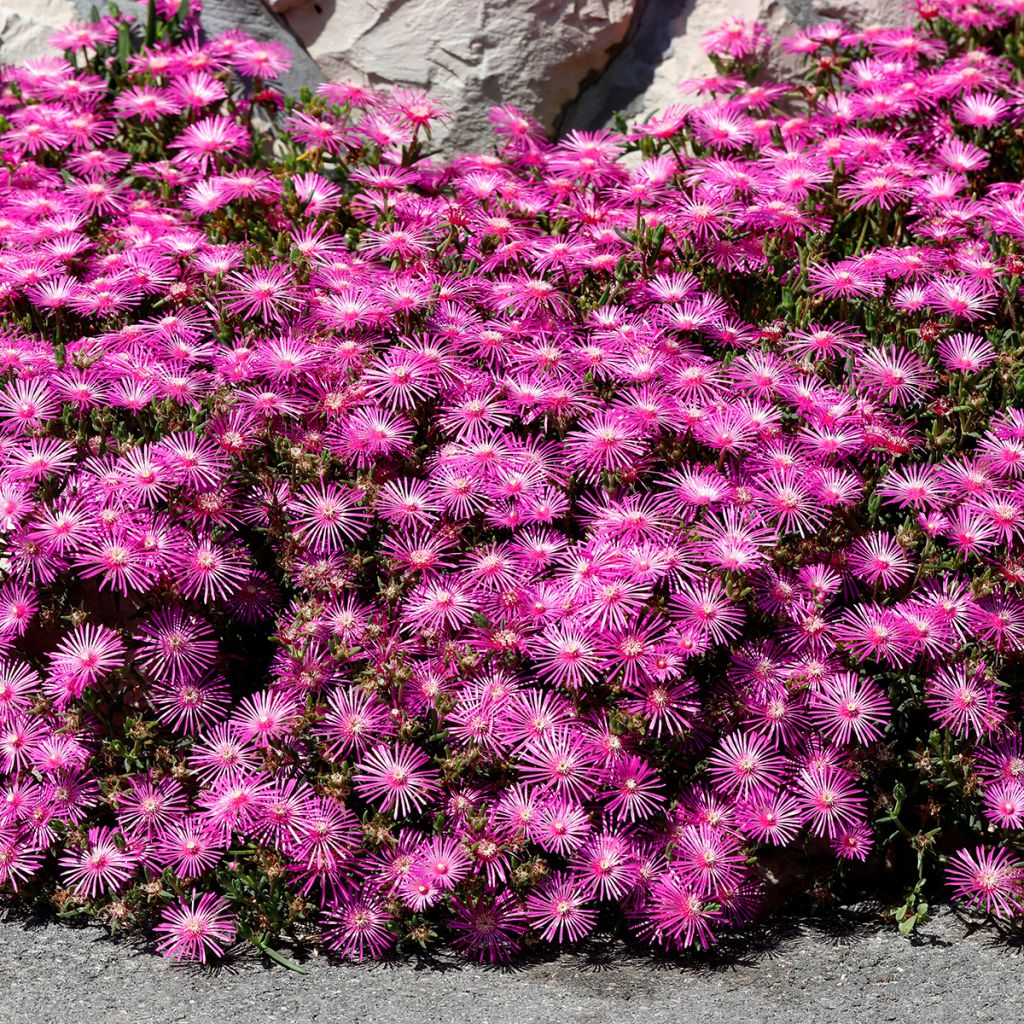

Delosperma cooperi
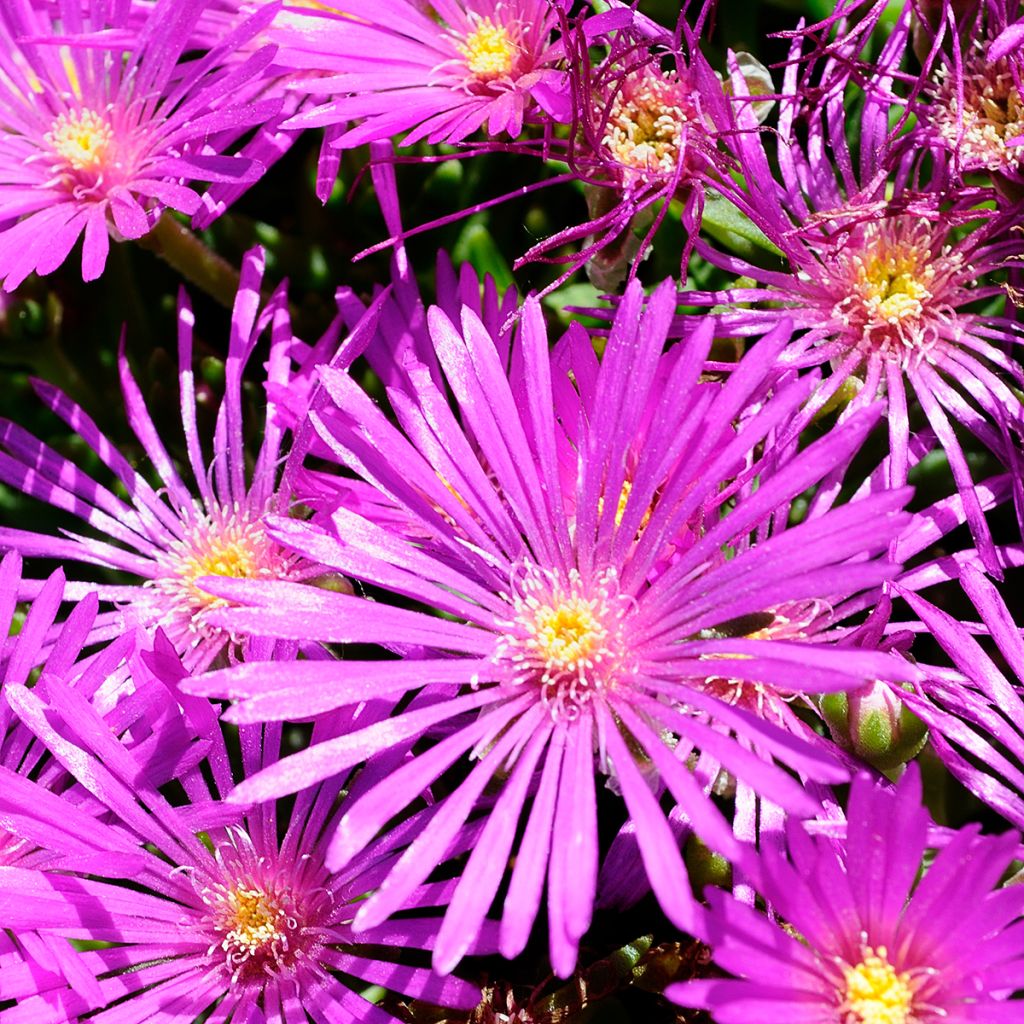

Delosperma cooperi
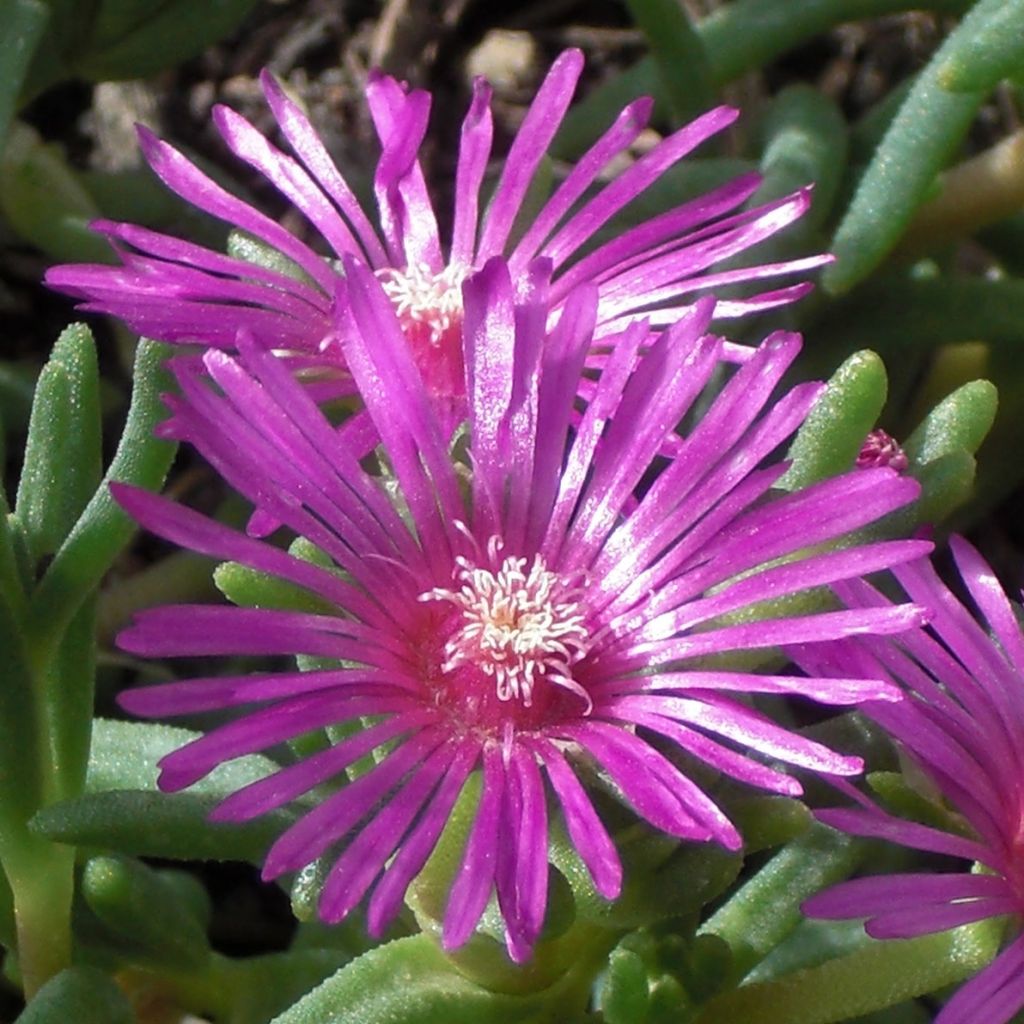

Delosperma cooperi
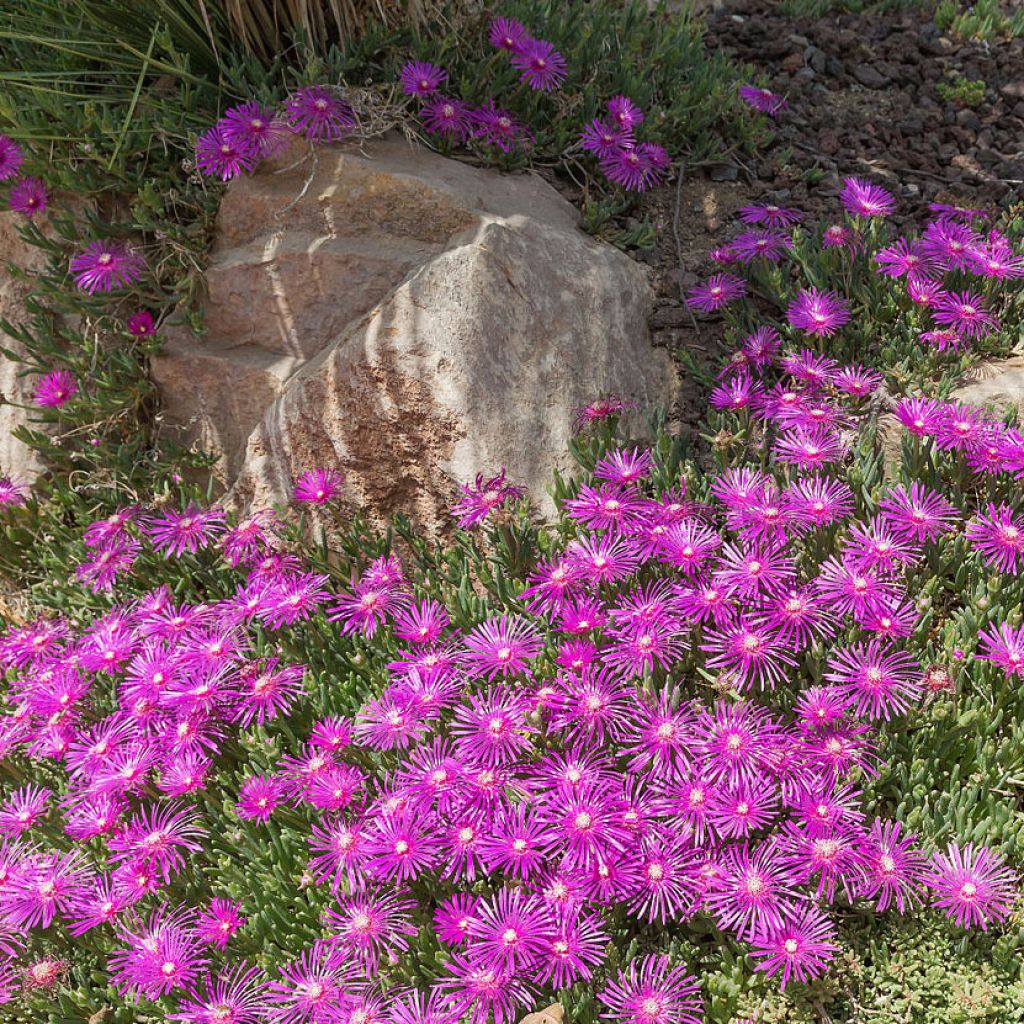

Delosperma cooperi
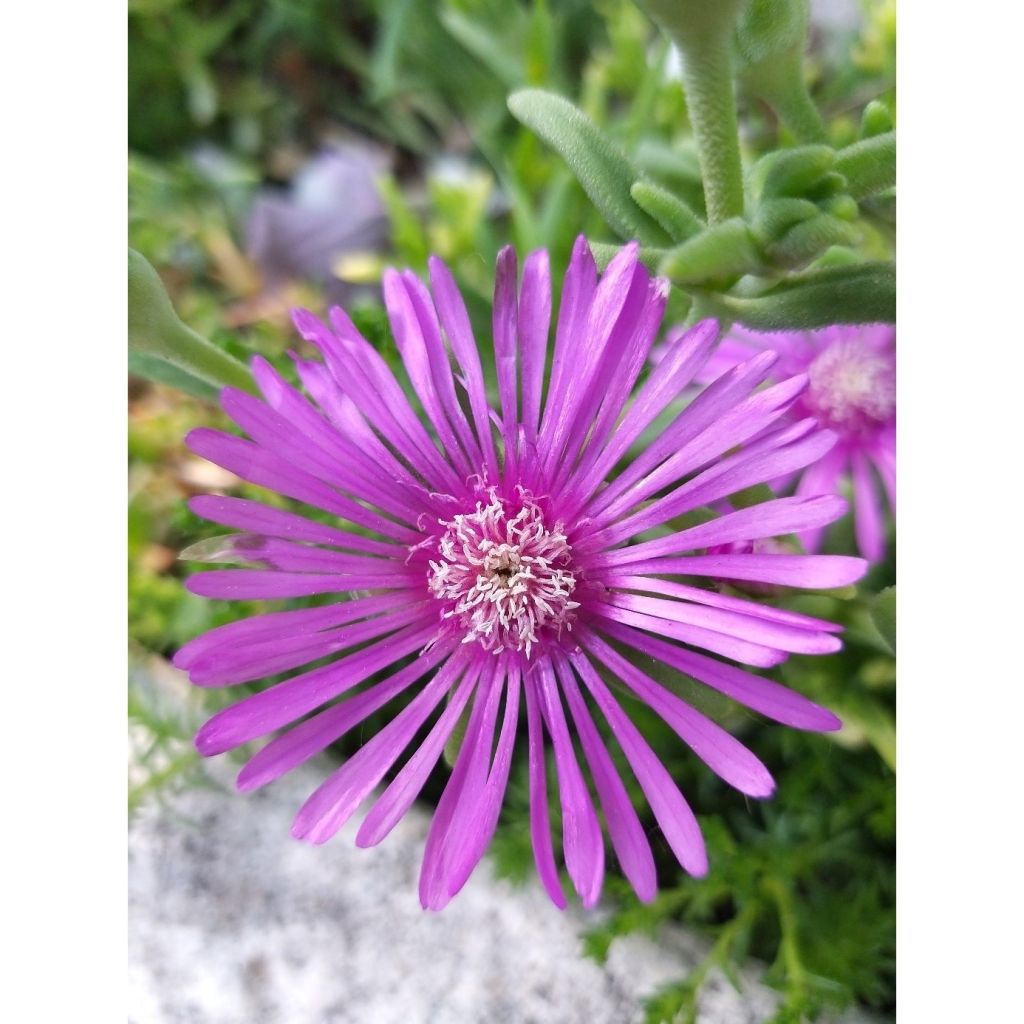

Delosperma cooperi
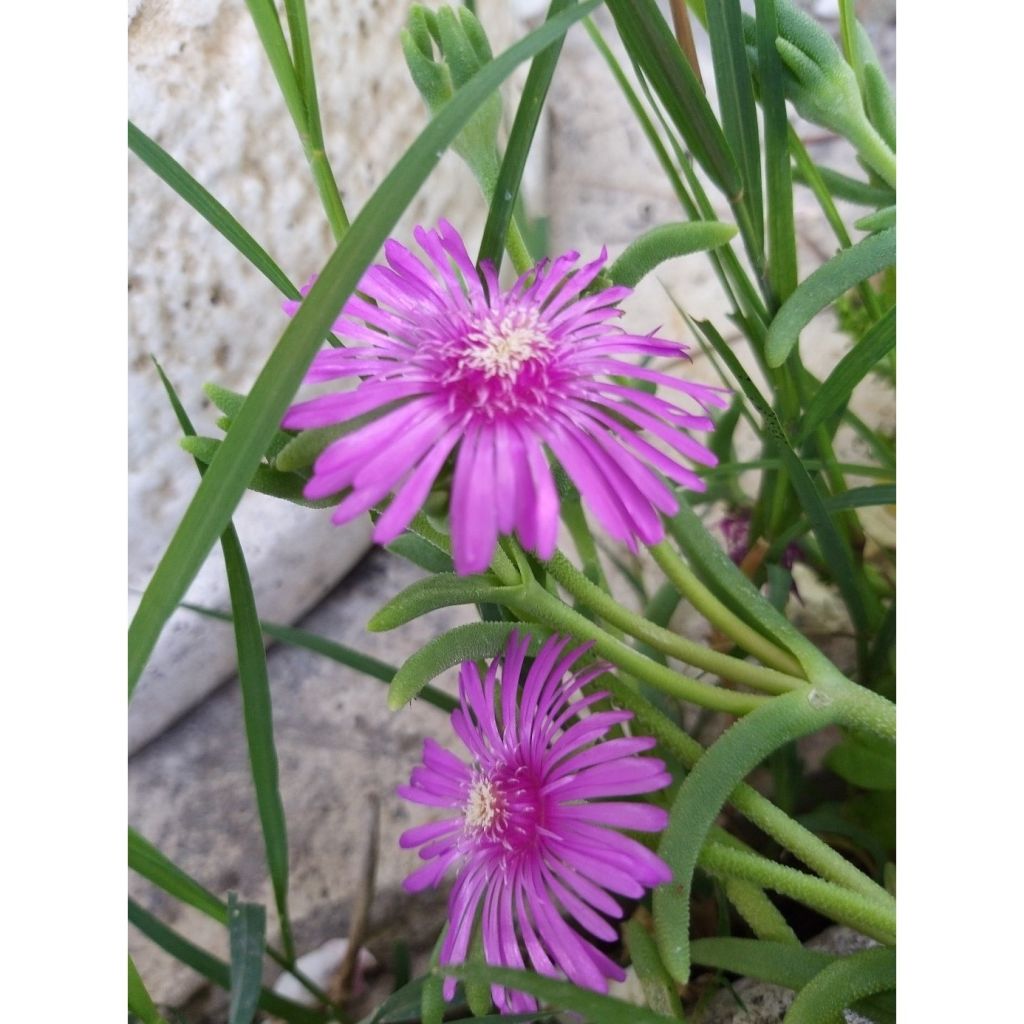

Delosperma cooperi
View more pictures
Hide images
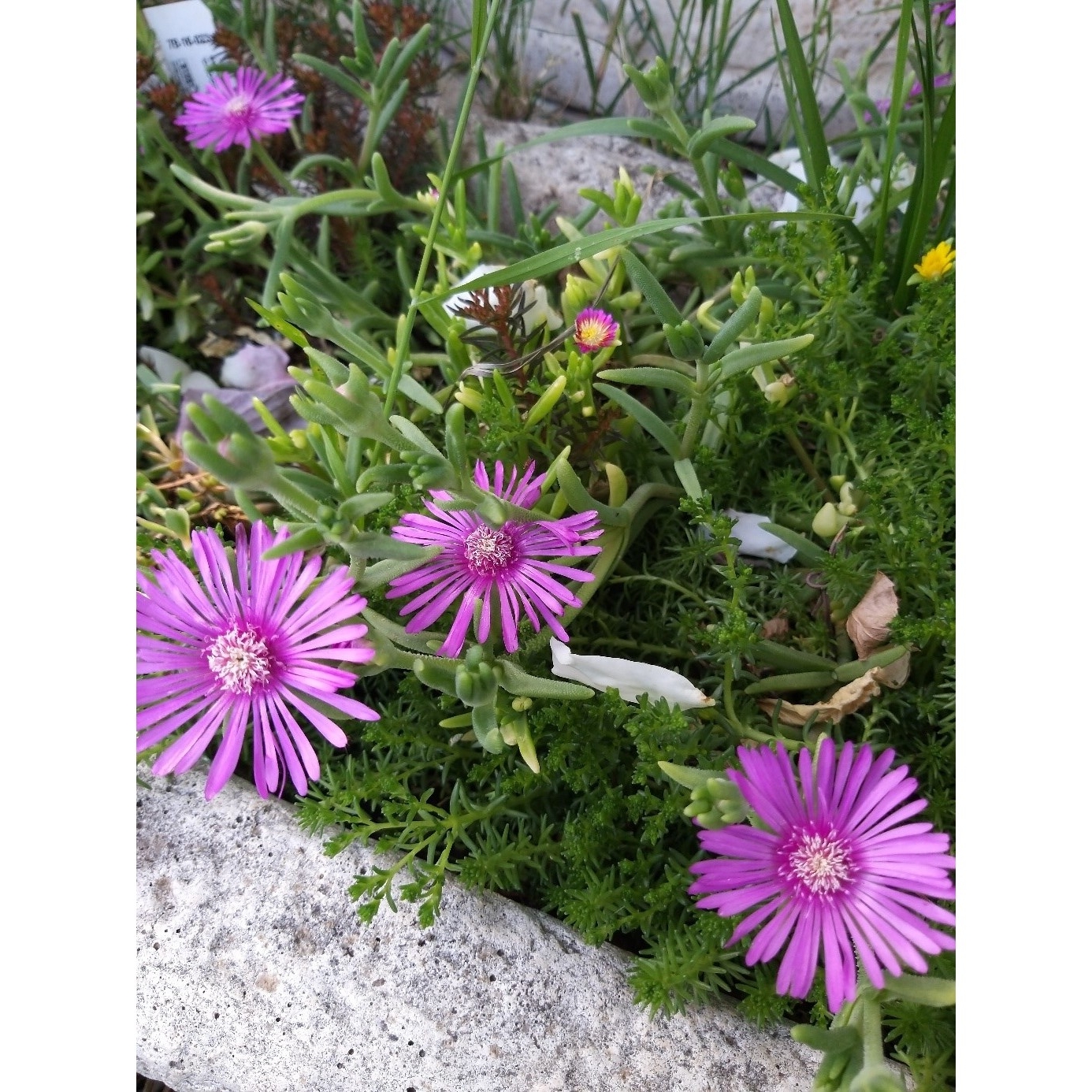
Thierry P.

N/A
Thierry P. • 84 FR
Delosperma cooperi
Delosperma cooperi
Trailing Iceplant, Cooper's Ice Plant, Pink Carpet, Hardy Iceplant
I received my parcel at the pick-up point this morning. I paid 1 euro to find three poor shoots in paper bags. The height of the plants is not at all in line with the description; each one barely measures 2 cm in height and looks very weak. What a rip-off.
Edith, 06/03/2025
Special offer!
Receive a €20 voucher for any order over €90 (excluding delivery costs, credit notes, and plastic-free options)!
1- Add your favorite plants to your cart.
2- Once you have reached €90, confirm your order (you can even choose the delivery date!).
3- As soon as your order is shipped, you will receive an email containing your voucher code, valid for 3 months (90 days).
Your voucher is unique and can only be used once, for any order with a minimum value of €20, excluding delivery costs.
Can be combined with other current offers, non-divisible and non-refundable.
Home or relay delivery (depending on size and destination)
Schedule delivery date,
and select date in basket
This plant carries a 12 months recovery warranty
More information
We guarantee the quality of our plants for a full growing cycle, and will replace at our expense any plant that fails to recover under normal climatic and planting conditions.
Would this plant suit my garden?
Set up your Plantfit profile →
Description
Delosperma cooperi, also known as Cooper's Ice Plant, is a charming creeping perennial that carpets walls, rockeries, and borders, thanks to its succulent and evergreen foliage. Its numerous small mauve flowers bloom from June until early autumn. It thrives in well-drained soil and sunlight and can tolerate drought. It can withstand frost down to -8°C (17.6°F). If necessary, it can be brought indoors during winter by hanging it.
This Delosperma is named after the 19th-century English botanist, Thomas Cooper. His expeditions in South Africa to collect numerous specimens allowed him to specialize in the flora of these regions. Delosperma cooperi, originating from these regions, is therefore a perennial that is well-suited to hot and dry climates. It can grow between stones, paving slabs, or on a dry slope, as long as it finds some substrate. However, if your region experiences frost close to -10°C (14°F), place it in a pot or container that can be brought indoors during winter.
This Ice Plant has creeping and branched stems that easily root, colonizing an area up to 50cm (20in) wide under favourable conditions. It bears succulent light green leaves with white reflections, hence its nickname "Ice Plant." These leaves are sessile, fleshy, warty, and measure about 3cm (1in). It forms a small low tuft that is covered with small flowers in clusters, with bright purple petals and a white centre. Its flowering period extends over a long time, bringing vibrant colours to neglected areas. If you want to enhance its flowering, you can remove faded flowers.
Delosperma cooperi is an ideal rockery plant. It thrives in the company of Sedums, Dianthus, and Wall Campanulas. However, it will also be perfect at the base of Stachys and Valerians, with which it shares the same requirements: sunlight and dry soil.
Delosperma cooperi in pictures
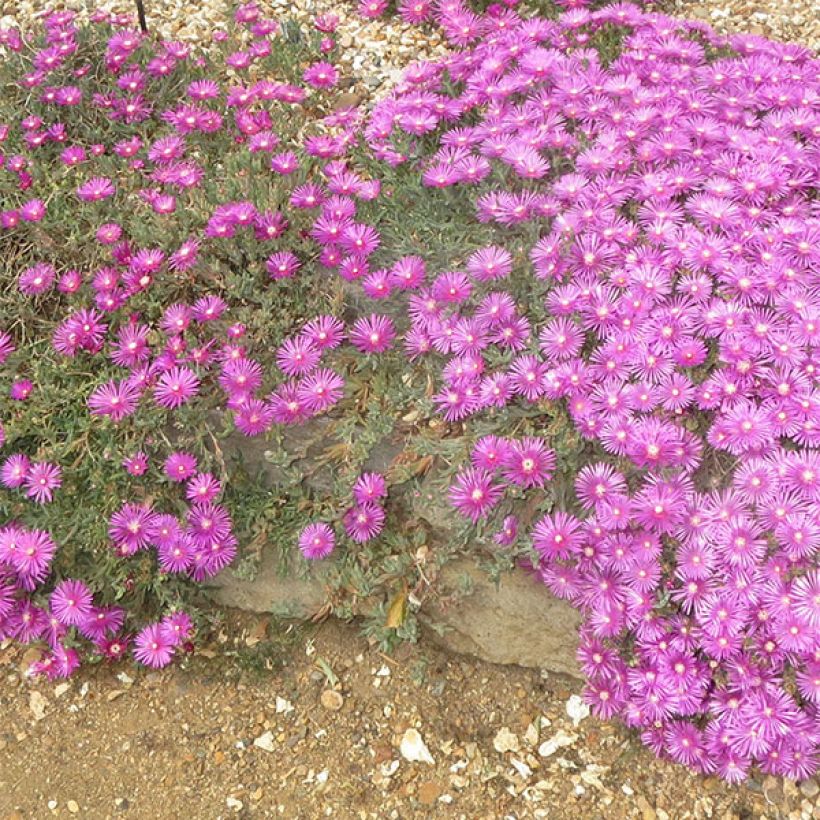

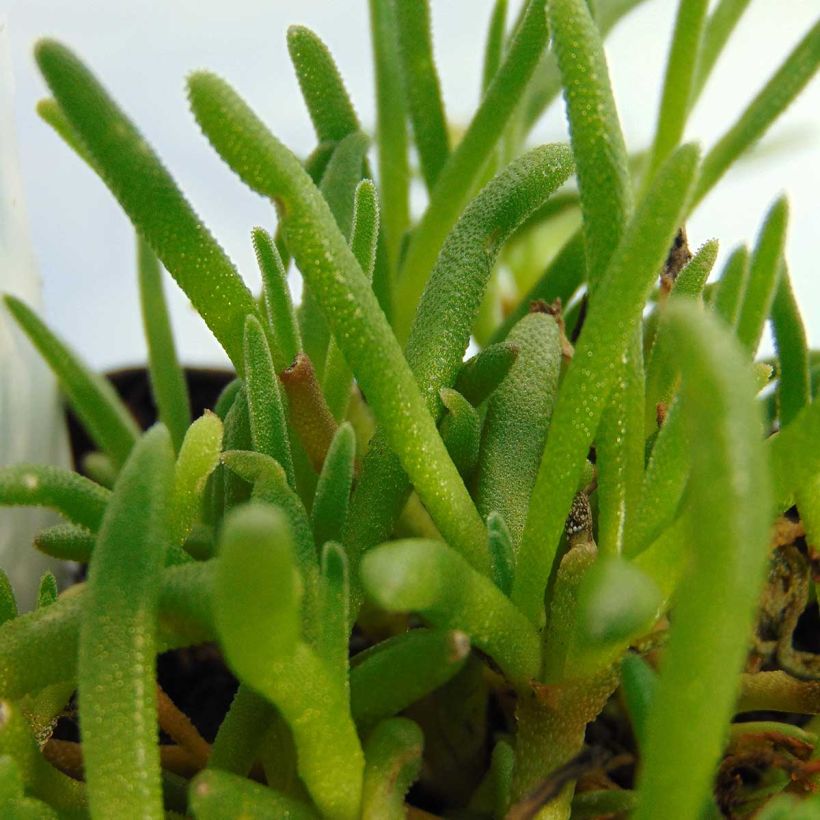

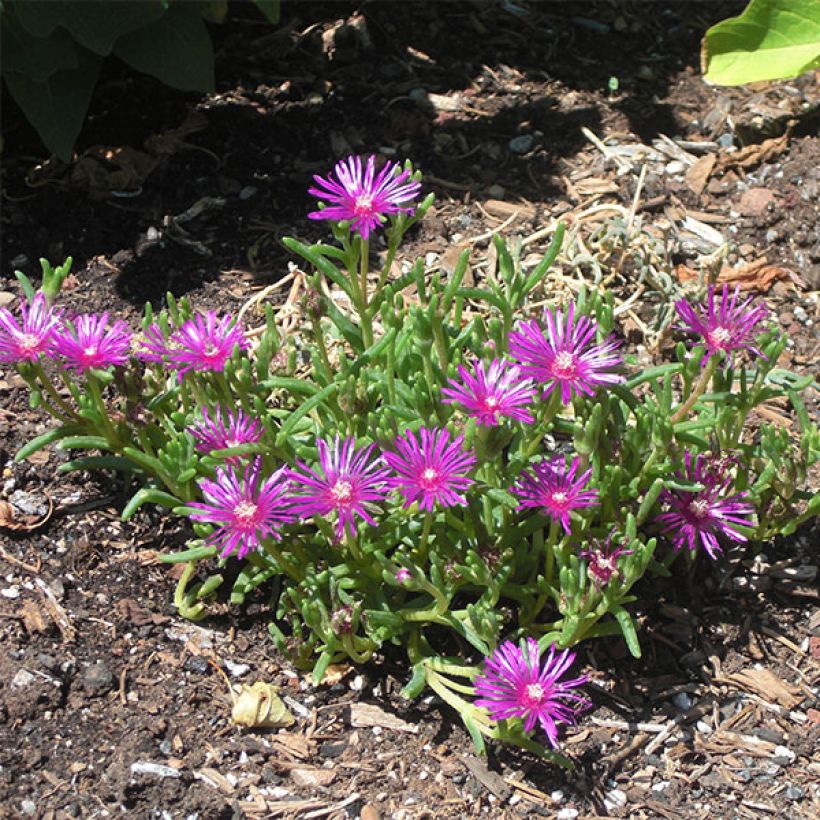

Flowering
Foliage
Plant habit
Botanical data
Delosperma
cooperi
Aizoaceae
Trailing Iceplant, Cooper's Ice Plant, Pink Carpet, Hardy Iceplant
South Africa
Other Perennials A to Z
View all →Planting and care
Delosperma settles in place in spring or autumn in a well-drained, dry, even rocky soil. It appreciates low walls, rockeries, and well-exposed slopes. If your region is subject to frosts below -8°C (17.6°F), prefer a place in a pot or planter. This way, you can shelter it during winter if necessary.
A sunny and warm location is essential for it to feel comfortable and flower abundantly. You can remove faded flowers to encourage their renewal. Division of the stump may be necessary after a few years, depending on its location.
Make sure it does not get covered in dead leaves from nearby trees if they are at risk of rotting. Likewise, it does not appreciate having its feet in stagnant water.
Planting period
Intended location
Care
Planting & care advice
-
, onOrder confirmed
Reply from on Promesse de fleurs
Similar products
Haven't found what you were looking for?
Hardiness is the lowest winter temperature a plant can endure without suffering serious damage or even dying. However, hardiness is affected by location (a sheltered area, such as a patio), protection (winter cover) and soil type (hardiness is improved by well-drained soil).

Photo Sharing Terms & Conditions
In order to encourage gardeners to interact and share their experiences, Promesse de fleurs offers various media enabling content to be uploaded onto its Site - in particular via the ‘Photo sharing’ module.
The User agrees to refrain from:
- Posting any content that is illegal, prejudicial, insulting, racist, inciteful to hatred, revisionist, contrary to public decency, that infringes on privacy or on the privacy rights of third parties, in particular the publicity rights of persons and goods, intellectual property rights, or the right to privacy.
- Submitting content on behalf of a third party;
- Impersonate the identity of a third party and/or publish any personal information about a third party;
In general, the User undertakes to refrain from any unethical behaviour.
All Content (in particular text, comments, files, images, photos, videos, creative works, etc.), which may be subject to property or intellectual property rights, image or other private rights, shall remain the property of the User, subject to the limited rights granted by the terms of the licence granted by Promesse de fleurs as stated below. Users are at liberty to publish or not to publish such Content on the Site, notably via the ‘Photo Sharing’ facility, and accept that this Content shall be made public and freely accessible, notably on the Internet.
Users further acknowledge, undertake to have ,and guarantee that they hold all necessary rights and permissions to publish such material on the Site, in particular with regard to the legislation in force pertaining to any privacy, property, intellectual property, image, or contractual rights, or rights of any other nature. By publishing such Content on the Site, Users acknowledge accepting full liability as publishers of the Content within the meaning of the law, and grant Promesse de fleurs, free of charge, an inclusive, worldwide licence for the said Content for the entire duration of its publication, including all reproduction, representation, up/downloading, displaying, performing, transmission, and storage rights.
Users also grant permission for their name to be linked to the Content and accept that this link may not always be made available.
By engaging in posting material, Users consent to their Content becoming automatically accessible on the Internet, in particular on other sites and/or blogs and/or web pages of the Promesse de fleurs site, including in particular social pages and the Promesse de fleurs catalogue.
Users may secure the removal of entrusted content free of charge by issuing a simple request via our contact form.
The flowering period indicated on our website applies to countries and regions located in USDA zone 8 (France, the United Kingdom, Ireland, the Netherlands, etc.)
It will vary according to where you live:
- In zones 9 to 10 (Italy, Spain, Greece, etc.), flowering will occur about 2 to 4 weeks earlier.
- In zones 6 to 7 (Germany, Poland, Slovenia, and lower mountainous regions), flowering will be delayed by 2 to 3 weeks.
- In zone 5 (Central Europe, Scandinavia), blooming will be delayed by 3 to 5 weeks.
In temperate climates, pruning of spring-flowering shrubs (forsythia, spireas, etc.) should be done just after flowering.
Pruning of summer-flowering shrubs (Indian Lilac, Perovskia, etc.) can be done in winter or spring.
In cold regions as well as with frost-sensitive plants, avoid pruning too early when severe frosts may still occur.
The planting period indicated on our website applies to countries and regions located in USDA zone 8 (France, United Kingdom, Ireland, Netherlands).
It will vary according to where you live:
- In Mediterranean zones (Marseille, Madrid, Milan, etc.), autumn and winter are the best planting periods.
- In continental zones (Strasbourg, Munich, Vienna, etc.), delay planting by 2 to 3 weeks in spring and bring it forward by 2 to 4 weeks in autumn.
- In mountainous regions (the Alps, Pyrenees, Carpathians, etc.), it is best to plant in late spring (May-June) or late summer (August-September).
The harvesting period indicated on our website applies to countries and regions in USDA zone 8 (France, England, Ireland, the Netherlands).
In colder areas (Scandinavia, Poland, Austria...) fruit and vegetable harvests are likely to be delayed by 3-4 weeks.
In warmer areas (Italy, Spain, Greece, etc.), harvesting will probably take place earlier, depending on weather conditions.
The sowing periods indicated on our website apply to countries and regions within USDA Zone 8 (France, UK, Ireland, Netherlands).
In colder areas (Scandinavia, Poland, Austria...), delay any outdoor sowing by 3-4 weeks, or sow under glass.
In warmer climes (Italy, Spain, Greece, etc.), bring outdoor sowing forward by a few weeks.

































